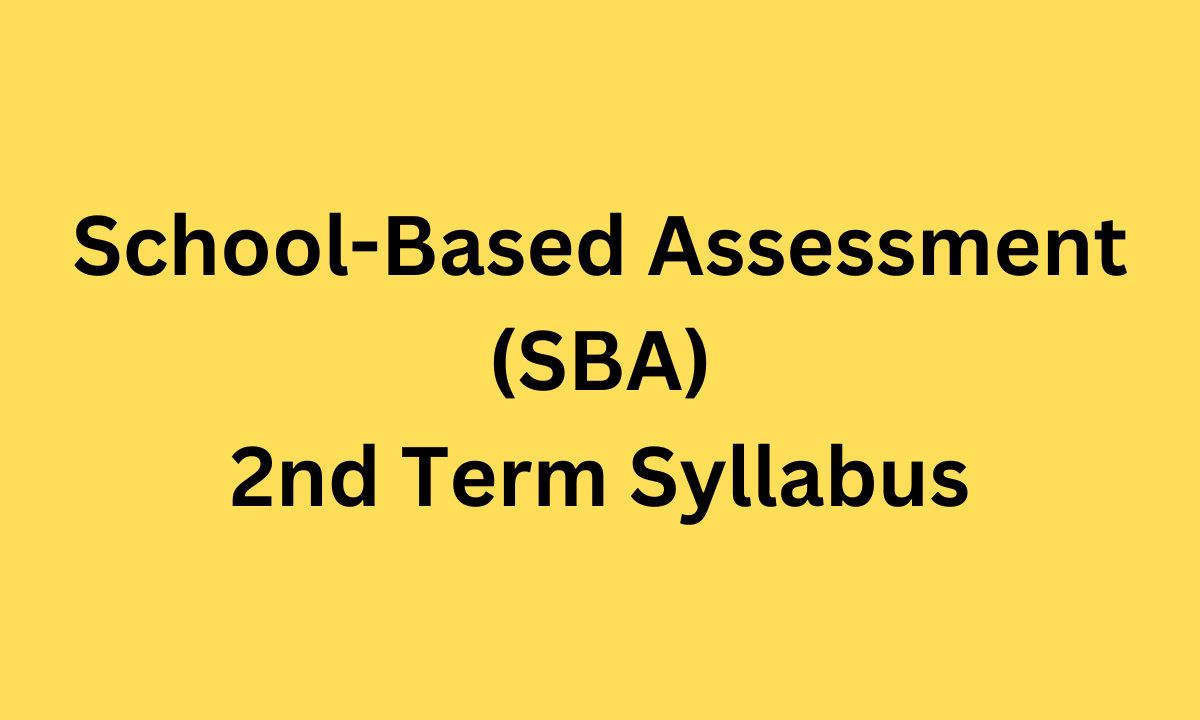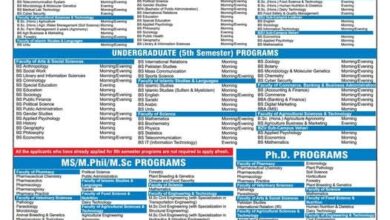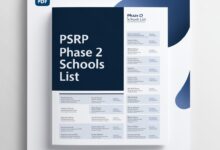Blended learning models for adult education: A flexible approach
Contents
Blended learning models for adult education: A flexible approach
Introduction
Blended learning combines the best aspects of traditional face-to-face instruction with online learning to create a flexible and engaging learning experience. For mature learners, who often balance work, family, and personal commitments, blended learning offers a practical and effective way to acquire new skills and knowledge. This article explores various blended learning models suitable for adult education.

Body
Important elements of blended learning in adult education:
- Flexibility: Learners can access educational content and resources at their own pace and convenience.
- Personalized Learning: Instruction tailored to individual needs and learning styles.
- Integration of Technology: Effective use of digital tools and platforms.
- Instructor-Student Interaction: Opportunities for face-to-face interaction and support.
- Assessment and Feedback: Regularly evaluating student progress and providing constructive feedback.
Blended Learning Models for Adult Education:

- Flex Model: Basic education takes place online with additional face-to-face sessions.
- Rotation Model: Students rotate between online learning, face-to-face instruction, and group work.
- Flipped Classroom: Students access online instructional materials before class and engage in hands-on activities during class.
* Enriched Virtual Model: Primarily face-to-face instruction with online resources and activities. - Self-Mixed Model: Students learn primarily online with occasional face-to-face support.
Table: Blended learning models
| Model | Description |
|---|---|
| Flax | Basic online learning with personalized supplements |
| rotation Rotate between online, face-to-face, and group work | |
| Flipped Classroom | Online materials before class, hands-on activities in class |
| Enhanced Virtual | Mainly face-to-face with online enrichment |
| Self mixing Primarily online learning with occasional face-to-face support |
Result
Blended learning offers a versatile approach to adult learning that meets the diverse needs and preferences of learners. By combining the benefits of online and face-to-face instruction, it increases engagement, flexibility, and learning outcomes.

Frequently Asked Questions
- What are the benefits of blended learning for adult learners?
- Increased flexibility, personalized learning, better time management, and access to education.
- How can I choose the right blended learning model for my adult learners?
- Consider learners’ needs, learning styles and available resources.
- What technology tools are necessary to implement blended learning?
- Learning management systems, video conferencing platforms, and online content creation tools.
- How can I ensure effective communication between online and face-to-face components?
- Use clear learning objectives, provide consistent feedback, and facilitate collaboration.
- What are the challenges of implementing blended learning?
- Ensuring equitable access to technology, teacher training, and overcoming technical difficulties.
Blended learning has the potential

to transform adult education by creating engaging and effective learning experiences. By considering learner needs and leveraging technology, educators can successfully implement blended learning models to achieve desired learning outcomes.








